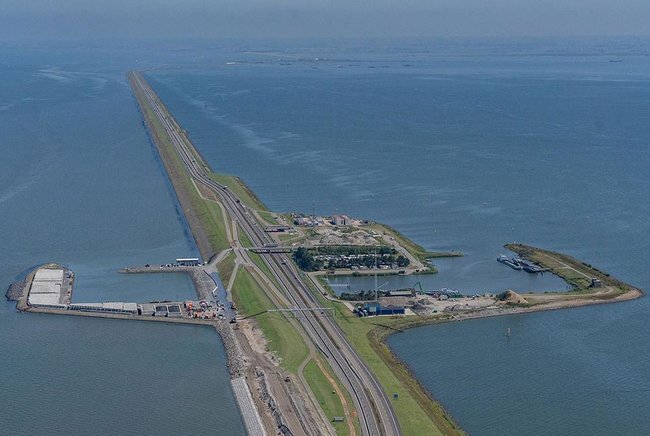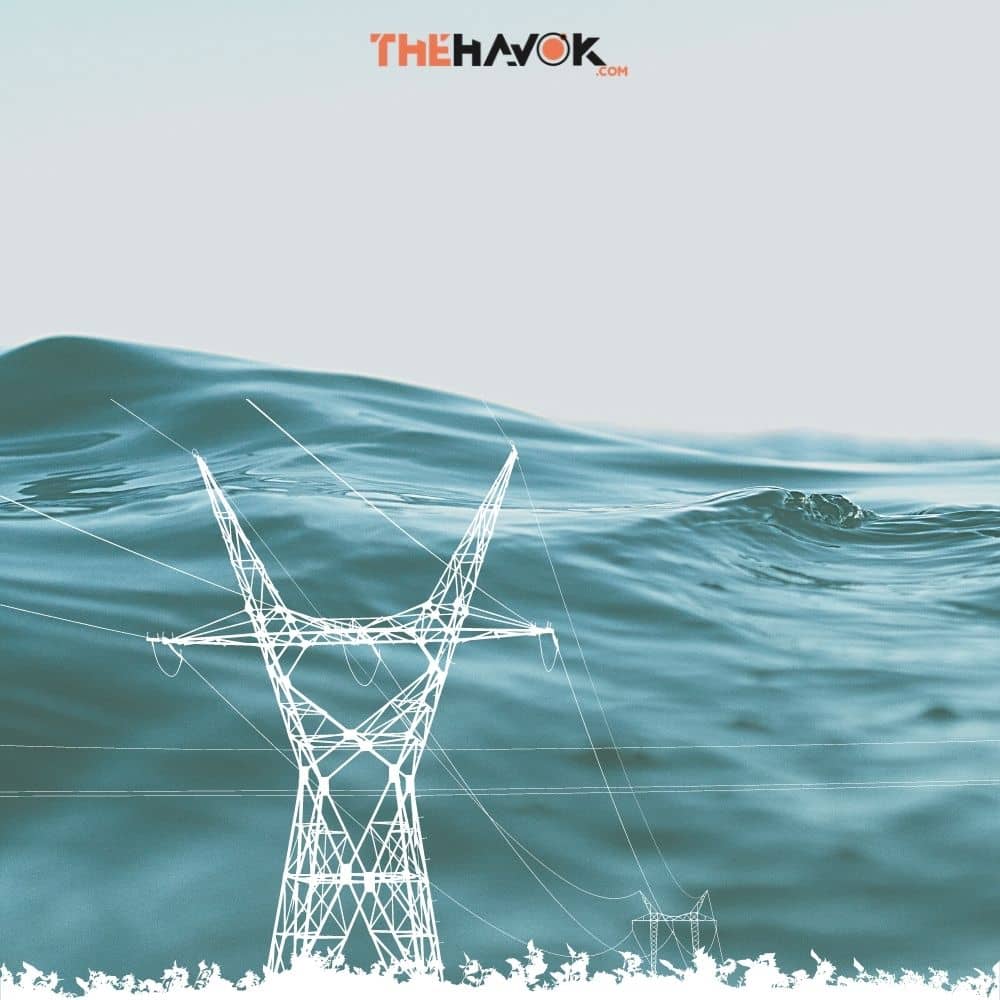Turn the pages of Energy Generation history and you might end up reading about how water has been playing a pivotal role in power generation for the last few decades. Even today dams have proven to be major contributors to electricity generation, among others. Water is taken to heights and made to flow through the tunnels and turn the turbine shafts, this is what hydroelectricity sounds like. Now view water from the perspective of chemists, we see water’s constituent elements, polar nature, and its ability to dissolve compounds and change their identity; Water is the greatest of all solvents.

New Superpower of Water: The Blue Energy
Different salts dissolve in water in distinct concentrations, and this ability of water makes it fit for electricity generation in a way that has been pondered upon for years now. Generating energy from the variation in salt concentration between seawater and river water seems like magic, yet it certainly operates! Blue energy, as this rather rare form of sustainable energy is generally known, has enormous potential. In conjecture, an ordinary river could generate as much blue power as a hydropower plant producing power using water at 142 meters in altitude!
Diego Pintossi has uncovered new methods of perception and solving the obstacle of dirt sealing up the layers used in producing blue energy. He had defended his thesis recently at TU/e.
Blue energy employs a technology recognised as reverse electrodialysis (RED) in which the positively and negatively charged salt ions existing in river and seawater move into layers called ion exchange membranes. This passage of charge produces electrical energy.
The whole method is based on the concept that seawater has loads of salt and river water very limited. We can utilise the inequalities in salt concentrations among the liquids to produce electricity. Reverse electrodialysis, as the name hints, uses the same method as electrodialysis, a technology generally used to purify or desalinate water, but in the reversed order.
Stacking up the Energy; Similar to a Fuel Cell
The mixing of water streams comprising separate salt concentrations is a spontaneous process due to entropy. Conceive it as nature spontaneously attempting to create a state of equilibrium, as explained by researcher Diego Pintossi, who is a member of the Membrane Materials and Processes group of professor Kitty Nijmeijer.
By installing membranes within the two streams, you can choose which salt ions are transferred between the solutions. In this instance, we use two layers: one membrane carries negatively charged chloride anions (Cl-) and the other transfer positively charged sodium cations (Na+). The films are placed in piles, merely as in fuel cells, so that the specific voltage differences can be linked to produce enough electricity.

Blue energy is renewable and less sensitive to daily inconstancies as in solar and wind, but the expense of layers has so greatly held up extensive adoption of the technology. Nevertheless, in recent years, there have been some compelling additions in the field. In 2014, the world’s first demo pilot (50 kW) was propelled at the Afsluitdijk utilising water from the (brackish) Waddenzee and the (freshwater) IJsselmeer.
A Coating of Zwitterions to Eliminate Fouling
Apparently, recognising the root of the fouling problem is not running to solve it. The researcher accordingly also generated two successful chemical paths that transform the membrane exterior, to give it more resistance to fouling. Both use a unique film based on so-called zwitterions.
Zwitterions are molecules that carry an equal number of positively and negatively charged entities. As a result, they serve to make the layers in the RED cell more hydrophilic; in other terms, they are more attracted to water. This not only limits the origin of the start of fouling, but it also checks its extension as claimed by Pintossi.
In summary, this research is a significant move towards the wide-scale implementation of blue energy as a sustainable, renewable energy source.




What’s up everyone, it’s my first go to see at this web site, and piece of writing is in fact
fruitful in support of me, keep up posting these articles.
Right now it sounds like Movable Type is the preferred blogging platform out there right now.
(from what I’ve read) Is that what you’re using on your blog?